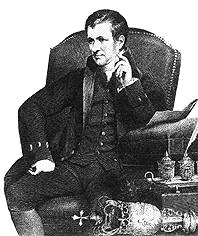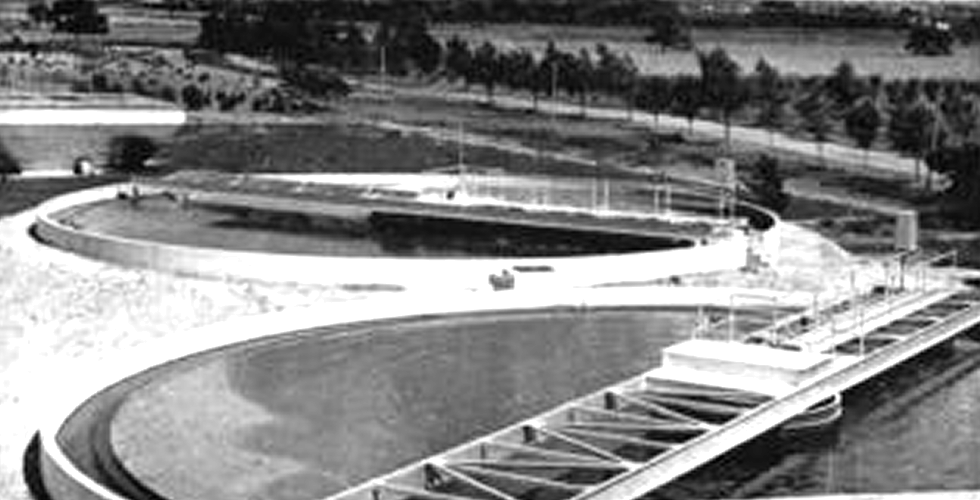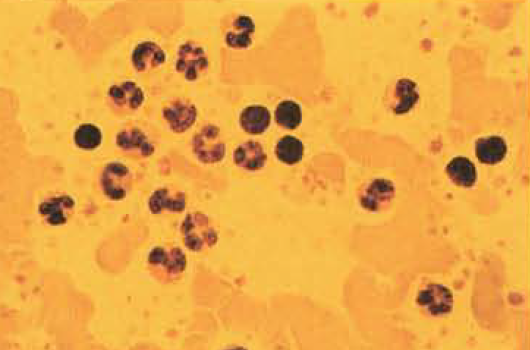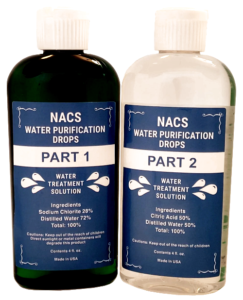From the start of the flu pandemic, we have seen a shift in focus on disinfection and hygiene. As we all know, proper cleaning and disinfecting are among the best ways to reduce the spread of diseases and infections. But most of the population needs to realize that this practice has been around for centuries. As far back as the 1930s, chlorine dioxide was used more frequently for disinfecting areas. First, this article will discuss how chlorine dioxide came to be used in the 1930s and how it evolved. Then, we’ll look at how it’s being used today, why it’s so effective, and some simple tips on how you can ensure you properly use it for your own cleaning needs and health.
What is chlorine dioxide?
Chlorine dioxide (ClO2) is a yellow to red-brown gas at room temperature and pressure. It has a sharp, bleach-like odor and is corrosive to metals. ClO2 is used mainly as a disinfectant, sanitizer, and oxidizer. It is shipped as a compressed gas in steel cylinders, sodium chlorite powder to be activated, or liquid in plastic drums.
When used as a disinfectant, chlorine dioxide kills microorganisms by oxidizing them, which disrupts their cell walls. Chlorine dioxide does not leave behind any harmful byproducts or residues and does not require any cleanup after use.
Sanitizing with chlorine dioxide is similar to disinfecting, but the goal is to reduce the number of microorganisms on surfaces to safe levels rather than kill all of them outright. This secure process is often used in food processing facilities because it does not change the taste, smell, or appearance of food the way other sanitizers might.
ClO2 is also used for water treatment purposes. ClO 2 also improves taste and odor, destroys sulfides, cyanides, and phenols, controls algae, and neutralizes iron and manganese ions. It is an effective biocide at concentrations as low as 0.1 ppm (parts per million) and over a wide pH range. It is ten times more soluble in water than chlorine, even in cold water.
ClO2 has been used to treat water for drinking since the early 1900s. In most cases, it is added to public water supplies as an added disinfectant to help prevent the spread of disease-causing organisms. It is also used in some swimming pools as an additional sanitizer to reduce the risk of people getting sick from contaminated water.

How was chlorine dioxide used in the 1930s?
The news of the sanitizing ability of Chlorine dioxide was spreading throughout all industries. It was effective in killing bacteria and viruses and preventing the spread of disease. Chlorine dioxide was also used to purify water and make it safe to drink. Chlorine dioxide (ClO2) is a powerful oxidant used for decades to treat water and air.
What are the advantages of using chlorine dioxide?
When chlorine dioxide is used for disinfecting and eliminating bacteria without leaving a harmful residue, it provides several benefits over other methods. Perhaps most importantly, it is effective at killing many microorganisms, including various bacteria, viruses, and fungi. Additionally, it is fast-acting and does not leave behind hazardous residue.
Are there any disadvantages to using chlorine dioxide?
Yes, there are some drawbacks to using chlorine dioxide. For one, it is a strong oxidizer, which can damage some materials. It will oxidize metals.
How is chlorine dioxide used today?
Chlorine dioxide is used today for various disinfecting purposes and treating drinking water, and people are taking it for medicinal purposes. It is most commonly used in industrial settings and can disinfect large areas quickly and effectively. However, it is also used in some hospitals and food processing plants. In addition, chlorine dioxide is used to treat sewage water disposal. ClO2 also breaks down toxins in the environment and can help reduce odors from sewage systems and other sources.
How Chlorine Dioxide used today to Improve Your Health?
ClO2 has been studied extensively in recent years, and it has been found to have many health benefits. This article will provide an overview of chlorine dioxide, its uses, and how it can improve your health.
ClO2 is a powerful oxidant that can kill bacteria, viruses, fungi, and protozoa, kill pathogens and oxidize heavy metals. It works by breaking down the cell walls of these microorganisms and destroying their DNA or RNA structure. In addition, chlorine Dioxide works electrically and is attracted to +charged antilife trash and germs in a person’s body.
ClO2 has also been studied for its potential health benefits when taken orally or inhaled through a nebulizer. Studies have shown that ClO2 can help reduce inflammation in your body, leading to improved respiratory health and overall wellness. In addition, ClO2 may be able to protect against certain types of cancer by neutralizing free radicals that can damage cells in our bodies over time. Finally, ClO2 may help reduce allergy symptoms by reducing inflammation in airways and other areas of the body affected by allergens.
Conclusion
Chlorine dioxide has been a disinfectant since the 1930s and is still in use today. It effectively reduces the spread of bacteria, germs, and viruses, making it an essential tool for keeping places clean and safe. While chlorine dioxide should always be handled carefully, it can be highly efficient when used correctly. With its long history of effectiveness, it’s no wonder chlorine dioxide remains a popular choice for health and sanitizing surfaces even after all these years.
Over 30 years ago, the American Society of Analytical Chemists stated that chlorine dioxide is the most potent pathogen killer known to man, and that is still true today.





Leave a Reply